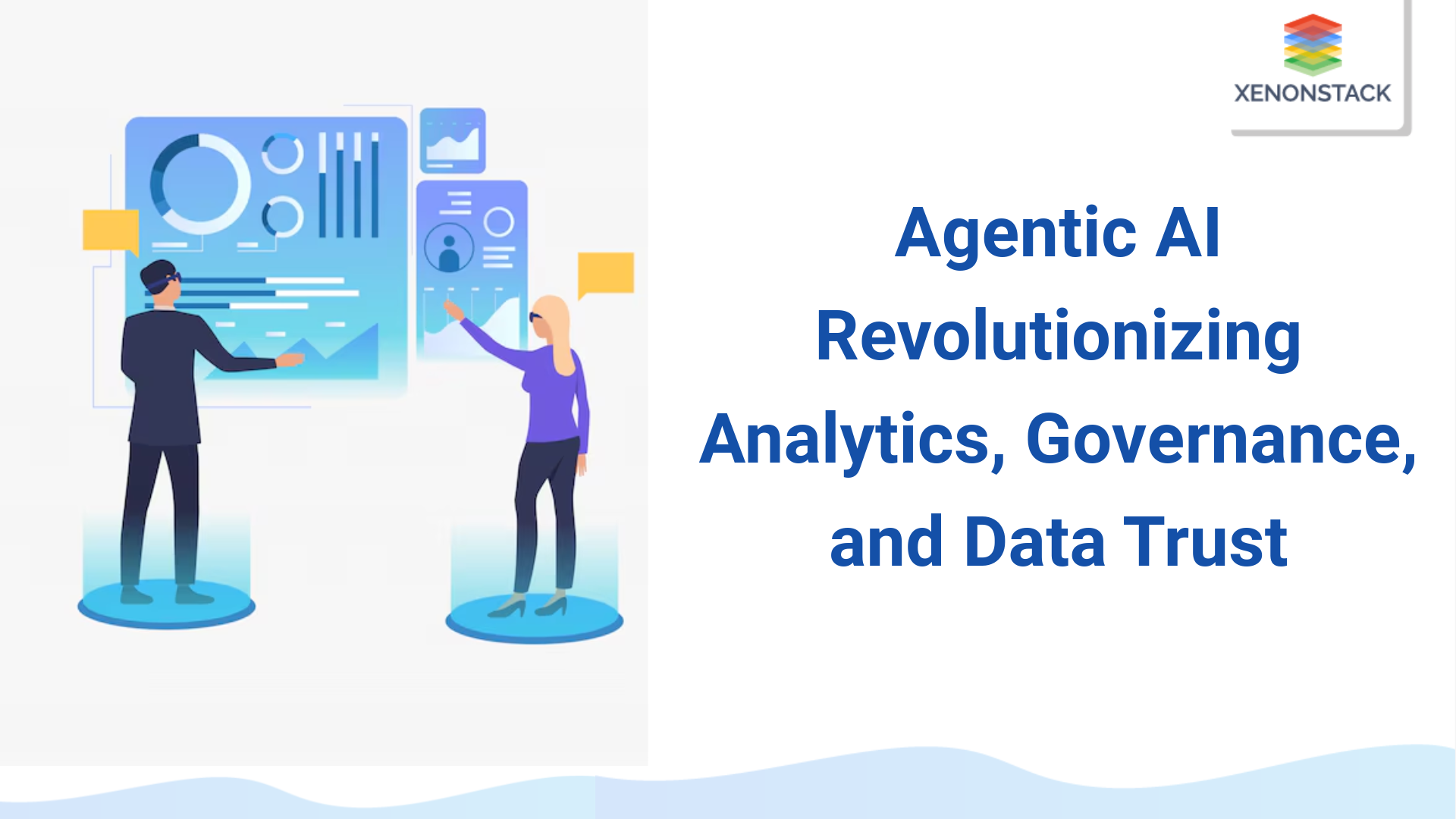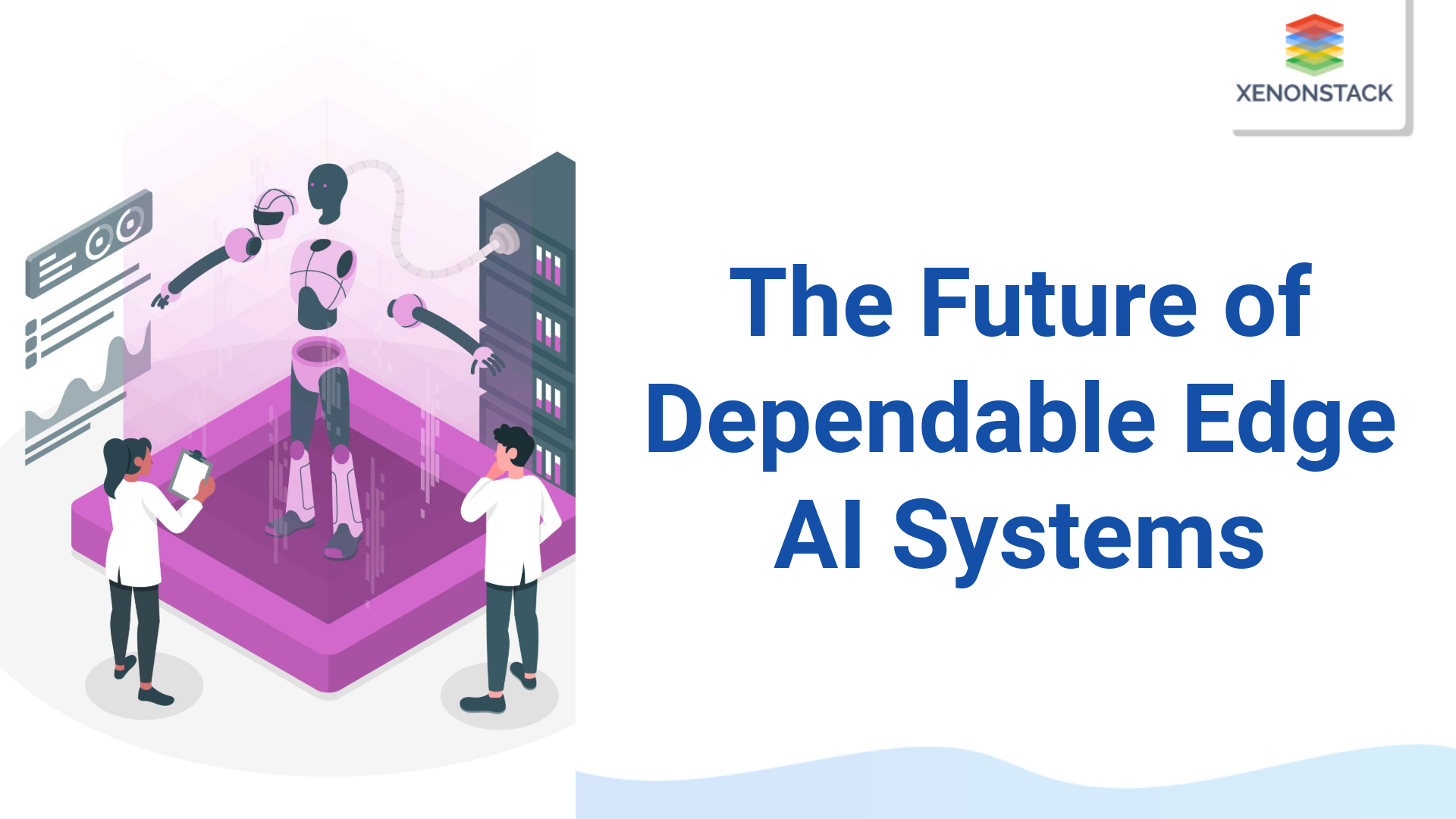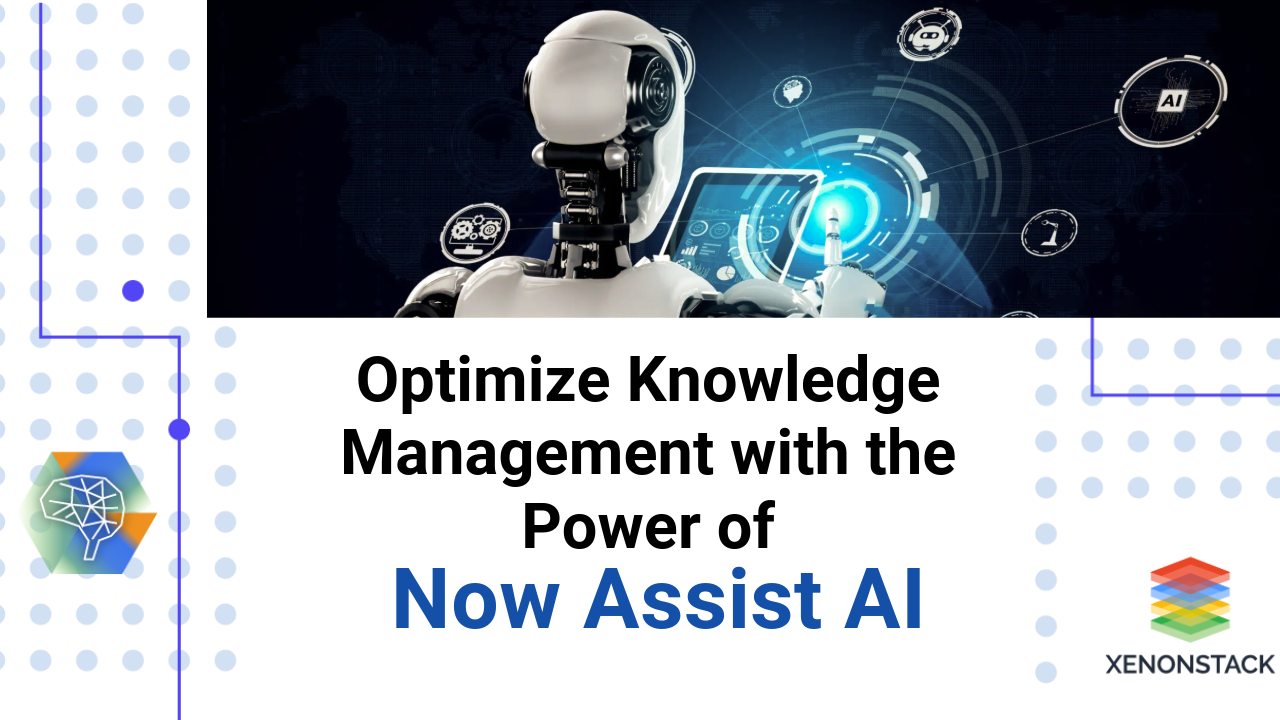Introducing AI in Insurance Industry
In today's world, each industry has many data to help them get insights and work in more productive and efficient ways. Artificial Intelligence allows them to use that data and take decisions precisely to improve their performance and customer satisfaction. Similarly, AI Insurance companies are using AI across different applications. The use of AI improves efficiency, profitability, and customer experience.
The future of AI Insurance industry is opaque. Systems are not able to justify their output. Therefore, users are not able to understand how a system reaches a particular result. The complex nature of the systems reduces customer trust. To overcome this shortcoming of the AI systems, Explainable AI came into existence. It explains the model working and justifies its decisions by providing the model's reason for each prediction. Explainable AI provides a more acceptable risk management system, fraud detection, customer retention, and optimized marketing.
Customers also want to know about the prediction of premiums, claims, and the rate of customer satisfaction. - Machine Learning for Insurance Claim Prediction
Akira AI provides insights to the customer to understand its contribution, model working, performance, and output through AI Insurance working models. It helps to understand the inner logic of the system. It builds customer relationships and manages risk.
What are the Principles of Explainable AI?
The given below are the principles on which Explainable AI is based:
-
Transparency: Transparency is the foremost principle of Explainable AI. It is the ability of algorithm, model, and features understandable by the user. Different users may require different levels of transparency. It provides a suitable explanation for the targeted users.
-
Fidelity: The system provides a correct explanation. It matches with the model performance.
-
Domain Sense: Explanation is easy to understand and makes sense in the domain. It explains in the correct context.
-
Consistency: The explanation should be consistent for all predictions because different explanations can confuse the user.
-
Generalizability: The provided explanation is general.
-
Parsimony: The explanation of the system should not be complex. It should be as simple as possible.
-
Reasonable: It accomplishes the reason behind each outcome of the AI system.
-
Traceable: Explainable AI tracks the logic and data. Users get to know the contribution of data in the output. The user can track problems in logic or data and then can solve them.
A method to link all critical data to create one reference and improves data quality and data sharing with departments. Click to explore about our, MDM Insurance in Finance Management
 Features of Explainable AI in the Insurance Industry
Features of Explainable AI in the Insurance Industry
-
Human-Centered: Akira AI provides human-centric AI systems that respect human values and support humanity's wellbeing. They understand humans and also let humans understand them.
-
Accountability: The self-explanation capability of Explainable AI increases accountability. It also enhances the trust of customers and stakeholders.
-
Human Interpretable System: Akira AI provides the explanation that is easy to understand for the respective receiver.
-
Understanding: Explainable AI helps the customer to understand and interpret predictions made by ML models. Thus it helps to debug and improve model performance
-
Informative: Extracting information of the inner working of the Machine Learning model to understand the system.
-
Transferability: To reuse the learning model in different applications, explainability is pursued by other users.
-
Accessibility: Explainable AI helps the end customer user who is non-technical to understand the system quickly. Debugging of models also becomes easy.
-
Casualty: Explanation of the correlation between various data parameters find the casual relationship between variables and provide casualty.
Why do we need Explainable AI in the Insurance Industry?
Some of the challenges in AI Insurance are opaque, AI systems that are not acceptable in the insurance industry. Do those use cases require explaining how systems generate particular output, such as why the system predicts that an application is a fraud? This comes contrary to what various experts in the bank think is not a fraudulent application.
-
Black-box: Due to the black-box function of the model, the user is not able to understand the procedure that a particular system follows to provide the output, hence not able to get whether the procedure that model follows is correct or not.
-
Bias: It is compulsory that models need to follow the legislation. Any bias or discrimination should not be there. There should be traceability of the decision and reasons to prove the ML/AI was fair and ethical to build trust in the decision. Pressure from social, ethical, and legal aspects to provide explanations of the AI systems also increases. Users cannot recognize the defect and bias in the opaque systems; thus, it becomes difficult to provide safeguards against bias.
-
Customer Confidence: Customers want an explanation when the system denies a claim, and in the case of an opaque model, it is difficult to give a reason for denials. There are some questions in the mind of the users that the system is not able to answer. Therefore, they feel some hesitation to adopt that system. It reduces the customer's confidence in the system.
-
Privacy and Security: The controversies of improper use of data are increasing. It is said that third parties misuse their data. Therefore customers always ask for data privacy and security. This issue can only be solved with AI Insurance in the industry.
-
Opacity: Lack of accountability, auditing, and engagement reduce opportunities for human perception. As well as developers, users are not aware of the processing system used to reach the output. This opacity increases the bias in datasets and decision systems.
Businesses increasingly rely on AI to make important decisions and embrace AI in the business workflow by adopting Artificial Intelligence. Click to explore our, Challenges and Solutions in AI Adoption
What are the Benefits of AI in the Insurance Industry?
Akira AI comes with a new approach of Explainable AI In their AI-driven use cases that give benefits to the insurer as well as end customers:
-
Customer Experience: Previous AI systems in the insurance industry cannot tell how it reaches a particular decision. Therefore, they are significantly behind when it comes to customer gratification. By disclosing the opaque models' working, Explainable AI provides a high-value service to the customer and improves customer satisfaction.
-
Improve the Customer's Journey: Customers get frustrated when the system cannot justify the output. But hassle-free services with Explainable AI enhance customer's journey.
-
Innovation: It delivers an innovative solution by implementing Responsible AI in their systems. Human-centered systems are not just technical but humanistic also. They enhance humans rather than to replace them.
-
Customer Interaction: A human-friendly approach to explain the model makes customer interaction better. Akira AI uses dashboards to justify the model output and model working. Thus it makes it easy for the customer to understand it.
-
Evaluation: Continuous evaluation of the model optimizes model performance. Monitoring model status, drift, and fairness help to scale AI.
-
Tracking: Model logic and data can be tracked, recognizing the problems, and solving them on time. This can enhance accuracy and make significant progress.
-
AI-driven Automation: AI-driven automation makes the tasks of insurers easy. Such as manually looking for the claims is a time-consuming process, and also, there is a chance of human bias. But AI-driven automation provides complete end to end automated tasks with minimal human interaction.






